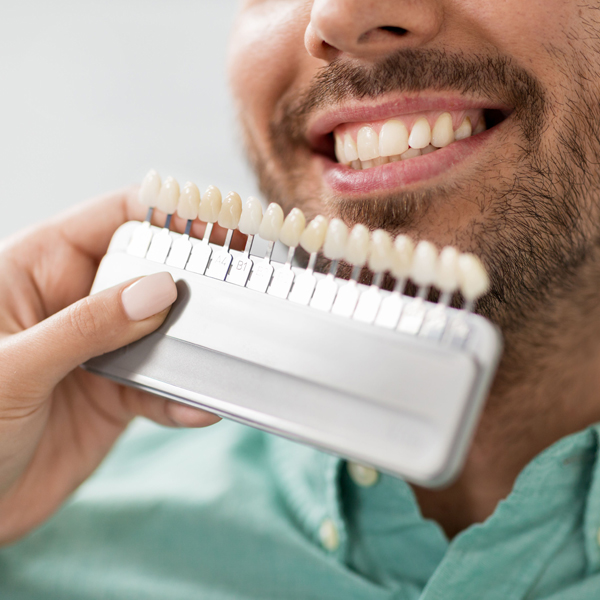
Veneers, custom-made shells covering your teeth, are becoming increasingly popular. There are numerous ways in which they can assist you in obtaining a more flawless-looking set of teeth.
However, like with any other dental procedure, some drawbacks exist. For some, the advantages exceed the disadvantages and vice versa. Understanding the benefits and drawbacks of veneers will help you decide if they are the best option for improving the appearance of your smile.
